Lamy 2000 And The Origins Of Lamy Design
-
Forum Statistics
357.5k
Total Topics4.7m
Total Posts -
Member Statistics
129,998
Total Members18,857
Most OnlineNewest Member
Phoenix1000
Joined -
Images
-
Albums
-
Baka's Pens
- By Baka1969,
- 0
- 0
- 24
-
namrehsnoom-20
- By namrehsnoom,
- 0
- 0
- 41
-
Nib work
- By Penguincollector,
- 0
- 0
- 4
-
Glamour Shots
- By Penguincollector,
- 0
- 0
- 40
-
Misfit’s 8th album
- By Misfit,
- 0
- 0
- 1
-

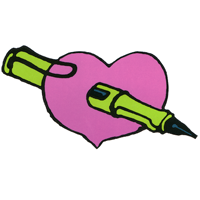
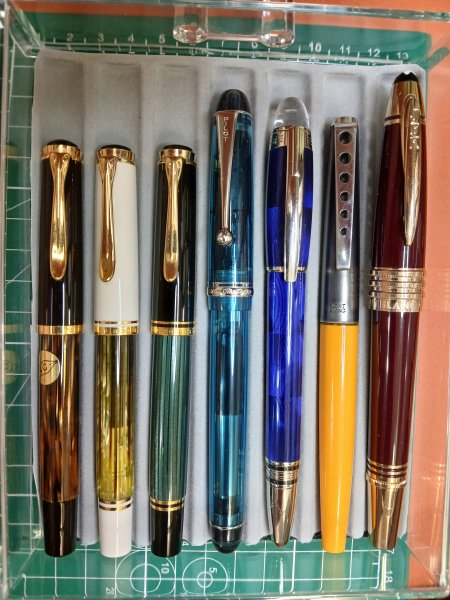
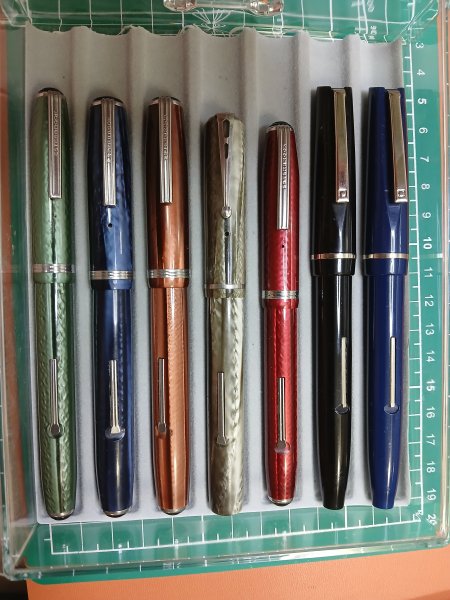

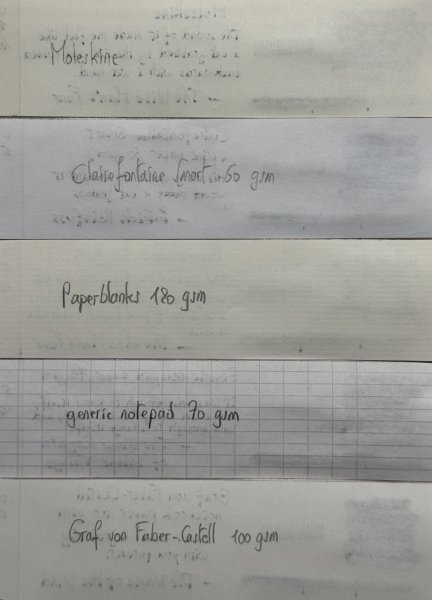


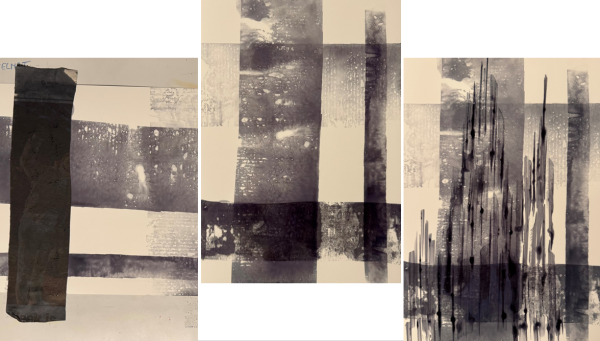
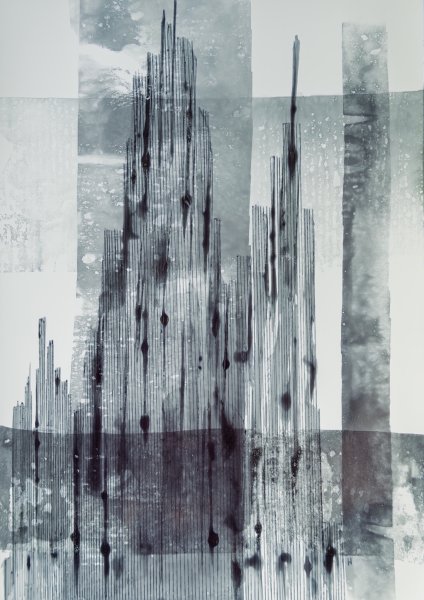




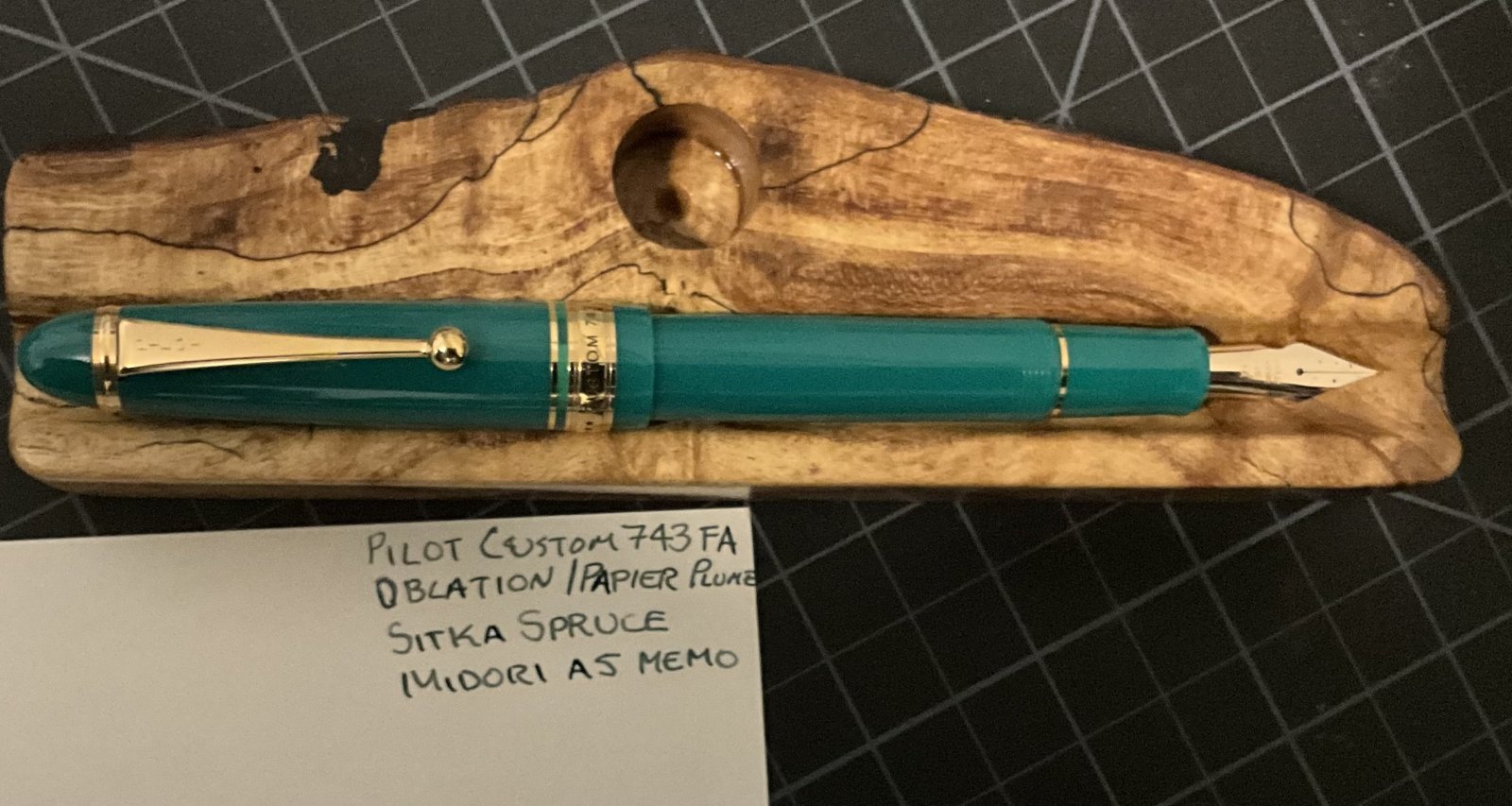


.thumb.jpg.f07fa8de82f3c2bce9737ae64fbca314.jpg)









Recommended Posts
Create an account or sign in to comment
You need to be a member in order to leave a comment
Create an account
Sign up for a new account in our community. It's easy!
Register a new accountSign in
Already have an account? Sign in here.
Sign In Now